This post contains Wool&, Amazon and Mountain Rose Herbs affiliate links. If you decide to purchase items through these links, I receive a small commission at no cost to you. These commissions help cover our operating costs to keep Redheaded Herbalist running. Thank you for your support! ♥
Imagine a wardrobe filled with beautiful, high-quality, classic clothing that not only makes you look and feel your best, but also simplifies your life
…and possibly even contributes to your overall health?
(what?)
I’m in the middle of a major closet overhaul. I’m paring down my wardrobe dramatically and swapping out all of my old synthetic clothing in favor of natural fabrics. I’m officially done with polyester, acrylic and nylon (except in very small amounts).
I occurred to me that I’m applying a similar attitude toward clothes that I do with food. Some years ago, I learned an incredibly persuasive trick for limiting my desire for junk food:
Become a junk food snob and OWN it.
Think: “I’m not the type of person who eats nasty, subpar junk food. I deserve better than that.“
In other words, save indulgences for when the reward is truly worth it. If I’m honest with myself, the vast majority of junk food isn’t *that* enjoyable, and much of it is downright gross. The things I really love (looking at you homemade banana bread, really-good-mint-chocolate-chip ice cream and Lindt hazelnut truffles) are things I intentionally don’t allow myself easy access to.
Synthetic fast-fashion is a bit like empty-calorie junk food. The costs are externalized and quality is poor. Instead, my goal is to thoughtfully choose only high-quality, natural fiber pieces that I love — even if that means a dramatically smaller wardrobe.
Quality over quantity, baby!
To me, it’s far better to have a handful of versatile, high-quality pieces than a closet bursting with cheap, disposable fabrics that never look the same after the first wash.
Specifically, I’ve started a love affair with wool, a fabric that has stood the test of time and continues to reign supreme in the world of natural fibers. Merino wool, in particular, is celebrated for its softness, breathability and temperature-regulating properties.
If I’m going to indulge, it better be worth it!
It started the day I realized that the clothes in my closet were so crammed together that I could barely tell what was in there. The thin space-saver hangers created a nondescript conglomeration of fabric. It was difficult to find things and the clutter caused me stress.
And I didn’t wear but a fraction of it.
I may be late to the party, but I’ve come to realize that investing in fewer high-quality staples that align with my values — sustainability, comfort and classic pieces that never goes out of style — is the way to go. A conscious shift from quantity to quality.
One by one, I’m swapping out my old synthetic pieces for alternatives made from mostly natural fabrics (with a heavy focus on merino wool).
Of course, clothes are going to be more expensive when they’re not made from cheap synthetic fabric and manufactured in a sweatshop in Vietnam. I had a bit of sticker shock in the beginning too, but again, the mindset is quality over quantity. If you can learn to live with a smaller wardrobe, you can actually SAVE money… not to mention time.
Wool& was among the first companies to expose me to merino wool as something more than a base layer for snow sports. They have a lovely selection of simple and elegant dresses, tops, cardigans and pants that would pass in just about any office environment. With a few exceptions, their clothing is not 100% wool. Most of the dresses are 78% merino combined with nylon.
My personal rule, is that the item must be at least 75% wool, cotton or linen, or I don’t buy it. Intentionally redefining my standards means I have far fewer choices, so I’m no longer tempted by every sale that lands in my inbox. I cannot tell you how liberating it is to be free from the allure of cheap, poorly made clothes.
Wool in the summer?
You might be thinking:
“Okay fine, but you live in North Idaho. Wool makes sense when it’s 17 degrees outside, but surely, you don’t wear wool all summer, right?”
TLDR: can and do!
Wool is naturally thermo-regulating, meaning it adapts to your body’s temperature, keeping you warm in the winter and cool in the summer.
Thanks to its crimped fibers that trap heat, you don’t need a bulky knit to keep you toasty on even the coldest winter days. At the same time, the structure of wool fibers also allows your skin to breathe, making it appropriate for warmer weather.
Lightweight merino wool knits can be made to resemble t-shirt jersey material and they make an excellent summer fabric. Wool&’s Morgan tee and Woolly Clothing Co.’s ultralight classic tee have become some of my favorite summer staples.
Wool&’s layering tank probably gets more use than any other item in my closet. The design is pretty brilliant with a reversible neckline that double dips as a low v-neck or a higher scoop. Size up for a less fitted, tunic-like fit.
The reversible tank is also a no-brainer for traveling light (along with my favorite Woolx Ryann all-season hoodie, which can be an absolute life-saver on a chilly plane and a versatile layer for everything else in your suitcase!) Have you ever tried to wash clothes in a hotel sink? Quick-drying, wrinkle-resistant wool makes it so easy!
Another summertime perk is wool’s natural resistance to bacteria and other microorganisms that can cause odors. Studies have shown that wool fibers have an outer layer that is resistant to bacterial growth, making it difficult for odor-causing bacteria to thrive. This means that wool clothing can be worn for longer periods without the need for frequent washing.
One of the main reasons wool is resistant to odor is its hygroscopic properties — i.e. its ability to absorb and release moisture into the air. Wool can absorb something like 30% of its weight in moisture without feeling damp, which helps to regulate the body’s temperature and keep our skin dry. This wicking action also helps to prevent the buildup of sweat and bacteria that can lead to unpleasant odors.
In addition to its natural resistance to bacteria, wool also has a unique ability to absorb and lock away odors. This means that even if odors do develop, they are not released until the wool is washed, helping to keep clothing smelling fresh for longer.
I learned this concept years ago when I discovered wool socks were the absolute bomb for traveling. Not to be gross, but I can confirm that you CAN wear the same wool socks everyday for a week or more without getting stinky. (But for some reason, never made the connection to the rest of my closet!)
I even wear wool to yoga class now. It’s not hot yoga, but the room is kept quite warm — probably around 85-90F. Wool’s wicking ability, keeps you dry even when you’re breaking a sweat.
Wool is green(ish)
Wool is a natural, renewable resource but, like any industry, it’s not immune to greenwashed marketing.
The simple story goes like this:
Unlike synthetic fabrics such as polyester, acrylic and nylon, which contribute to environmental degradation (both in their production processes and their end-of-life impact) wool is harvested from sheep, which grow a new fleece every year, making it a sustainable choice.
And since wool is also naturally odor and wrinkle resistant, you can wear wool items multiple times before washing, saving time, energy and wear-and-tear.
Sounds pretty great, right?
It is!
Well, sorta.
It’s true wool is a natural, renewable and biodegradable material, which is a plus for the environment. That said, the wool industry has its fair share of issues, such as animal welfare concerns and the use of chemicals in processing. The environmental impact of wool production can vary wildly depending on farming practices. Your best bet is to look for brands committed to using traceable wool from conservation-minded farms that prioritize animal welfare and environmental stewardship.
On one hand, wool is 100% biodegradable. It will eventually break down in the environment, releasing valuable nutrients back into the soil. This is in stark contrast to synthetic fabrics, which can take hundreds of years to decompose and may release harmful petro-chemicals in the process. And unlike synthetic fibers, wool does not shed microplastics when washed. Synthetic clothing is estimated to contribute about 35% of global microplastics in the world oceans. Microplastics are no bueno for you or the environment.
On the other hand, most of these companies use superwash wool, which is treated to make it machine washable and resistant to shrinkage. The most commonly used method is known as the chlorine-Hercosett superwashing process, where a chlorine solution is used to remove the outer scales of the wool fibers, which are responsible for the felting and shrinkage of untreated wool.
The Kroy-Hercosett process alternatively uses gaseous chlorine and hypochlorous acid (HOCl). In both cases, the treated wool is then coated with a resin finishing agent. So… plastic.
There are several emerging alternatives to Hercosett. The plasma process is one newer superwashing technique that involves exposing wool fabric to a partially ionized gas (called plasma) to alter the wool fibers and impart shrink-resistance and decreased pilling properties.
The EXP superwashing process stands for “Ex-Pollution” and is a wool treatment process that works by untwisting wool fibers through repetitive mechanical abrasion and then setting them in place with heat treatment. The process produces a stable wool fabric that is resistant to further shrinking or felting during use and laundering.
Both of these alternatives are currently pretty hard to come by and rumor has it that they weaken the wool fabric more than the Hercosett method.
Another promising technique employed by the activewear company Patagonia, is a method of descaling the wool fibers using ozone instead of chlorine. Apparently, the only by-products of this process is water and oxygen and it produces a stronger, more durable wool vs Hercosett.
Wools that incorporate a bit of nylon (à la Wool& and Woolx) can also improve durability and ease of care. But it also means the clothing is no longer fully biodegradable and contributes to microplastic pollution (albeit less microplastic) but definitely not ideal. If the added durability can result in longer ownership, though, then perhaps it can be viewed as a net-positive?
It’s a murky rabbit hole to say the least!
As with most things, there are pros and cons. Reality is usually somewhere in the middle.
Wool has many positive attributes, especially when care is taken to source it ethically. At the end of the day, I think the true environmental impact comes from a mindset of consuming less. A smaller wardrobe of items you’ll wear for years (and that require less frequent washings) is not a bad place to start.
Wool care
To be totally honest, I avoided wool clothing for years, largely due to anxiety over caring for it. I’m still recovering from several tragedies involving wool items accidentally getting washed on warm or tossed in the dryer. The PTSD is real!
As previously mentioned, most modern merino wool garments are superwashed and can be machine washed as long as you follow certain guidelines. Hot water and harsh detergents can still cause shrinkage, so it’s important to always use a gentle cycle and cold water to avoid damaging the fibers.
Don’t use bleach, sodium percarbonate (aka Oxi-Clean) or alkaline additives such as baking soda, all of which can weaken, discolor and fade wool fibers. Don’t use fabric softeners, as they can coat the wool fibers and interfere with its breathability and moisture-wicking abilities.
Detergents with enzymes are also a no-no. Many detergents contain enzymes because they’re very good at dissolving protein-based stains. Wool fibers are primarily composed of hard a-keratins which are (drum roll…) proteins! Over time, enzyme detergents can and will degrade your garments’ wool fibers. Just don’t.
Use a mild detergent or wool-specific detergent designed to be gentle on delicate fibers. There are many good brands out there, but I like and use Dropps Sensitive Skin Laundry Detergent Pods (unscented) for my wool, and very occasionally, Outback Gold Wool Wash to refresh the wool’s lanolin (particularly if I needed to deep clean and strip the garment).
I’m very much in the anti-having-to-iron ANYthing camp, but on the rare occasion that a dress needs a little steam, I either hang it in the bathroom while I shower, or I fire up this handy gadget and give it a quick once over on the wool (low) heat setting. No ironing board required.
Unless the label specifically says you can, you should definitely NOT put your wool items in the dryer. Instead, lay the garment flat or hang it to air dry. This will help maintain the shape and integrity of the fabric. It’s handy to have a hide-away drying rack somewhere near your washing machine for easy air drying. The good news is, wool garments dry very quickly!
Store your garments in a cool, dry place and use cedar or lavender to keep moths and other pests away (mothballs stink and are rather toxic). I like cedar hangers and use cedar chip sachets in the dresser. Pro tip: Keep a tiny bottle of cedar essential oil handy to refresh the scent and repellant properties of the wood every so often.
Spot treat when it makes sense. By washing your wool garments less frequently, you extend their lifespan and reduce the environmental impact associated with frequent laundering.
A bottle of cheap vodka can be a lifesaver for extending time between washes. Most of the time, you can just hang your wool item in a well-ventilated space and by morning, it’s freshened itself right up. Occasionally, though, it might need a little extra help. Spritzing the armpits of a garment with a little diluted alcohol works wonders. A spray bottle of cheap 80-proof vodka (40% alcohol) — with a couple of drops of lavender essential oil added — lives in my closet now. (Incidentally, lavender EO also helps to keep the moths and other critters away from your precious wool.)
I also really like this anti-static spray (but plan to try making my own homemade version soon!)
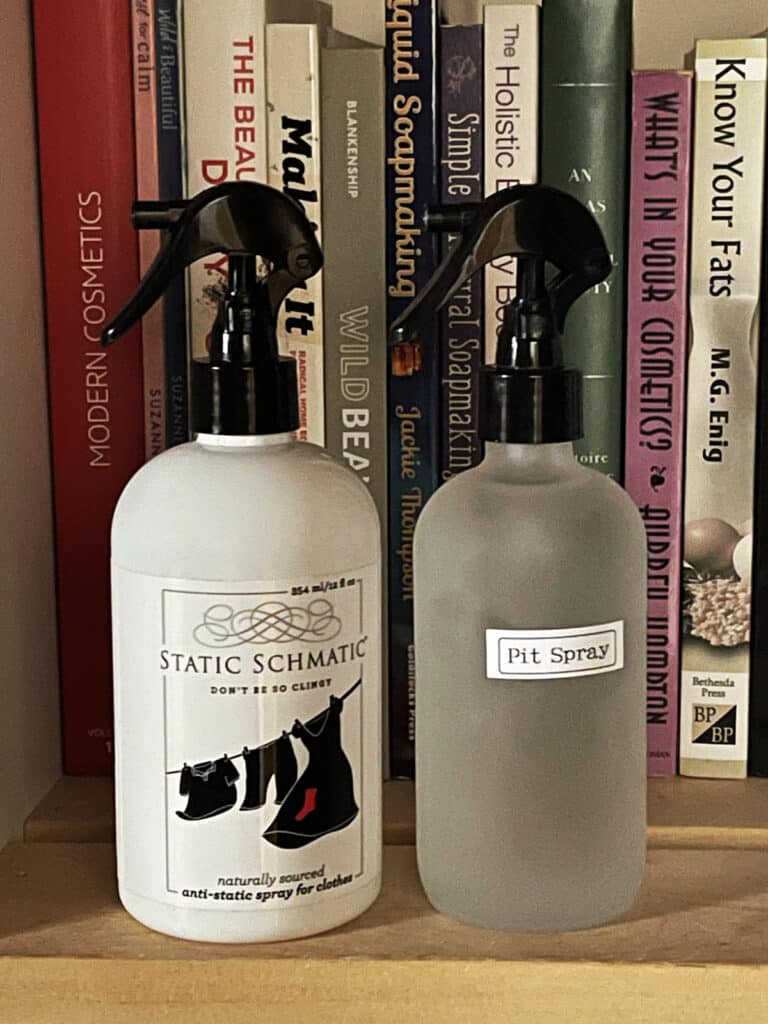
We probably shouldn’t be wearing aluminum-based anti-perspirant anyway, but they’re also really bad for your clothing. The chemicals in aluminum-based anti-perspirants can create discolored stains on the armpits of your clothes that will not come out.
Maybe that’s fine for the $5 thrift-store t-shirt but it’s decidedly NOT fine for my precious wool!
Healthy woolly benefits
Can wearing wool really benefit your overall health?
Maybe!
It makes sense that anything we can do to promote healthier skin can impact on our overall health. Our skin is our body’s largest organ and serves as a protective barrier against external factors like bacteria, chemicals and UV radiation. It also plays a crucial role in regulating our body temperature and eliminating waste via sweat.
When we take care of our skin, we’re not only improving its appearance but also supporting its essential functions.
Wool is naturally breathable, hypoallergenic and has antimicrobial properties. The fibrous structure of finely woven wool combined with its lanolin coating creates a hostile environment for bacteria and microbes. This can help to reduce the formation of body odor as well as ward off infections, allergies and other skin-related issues.
As mentioned previously, wool’s natural fibers have a unique ability to absorb and release moisture, which can help maintain a comfortable environment for the body. Wool is also known for its ability to reduce skin irritation and inflammation, making it a great choice for those with sensitive skin or conditions.
Dermatologists often recommend wool bedding and clothing for atopic dermatitis and other skin conditions. One study found that wearing superfine merino wool next to the skin can significantly improve the severity and symptoms of eczema in babies compared to cotton, reducing the need for steroid topicals.
It seems incredible, but wool clothing and bed coverings may even help with pain associated with peripheral vascular disease and chronic pain like that associated with fibromyalgia and may also improve overall sleep quality.
Start small
Building a quality wardrobe is a journey. A lovely, lovely journey.
It won’t (and shouldn’t) happen overnight.
Start by switching out a few core items. Create a small capsule wardrobe of maybe one versatile dress, one pair of pants and a t-shirt, tank or cardigan.
Build from there.
But not too much. Remember, the idea is to do more with less.
To me, wool clothing exudes timeless elegance. It’s the antithesis of trendy “fast fashion” and all about about cultivating a wardrobe that stands the test of time — quality pieces that can be effortlessly styled for any occasion.
Brands like Wool&, Woolx, Eileen Fisher, Woolly Clothing Co., Smitten Merino, Indigenous and Humbird have become my new go-tos, each offering well-made, sustainable pieces that align with my commitment to ethically-produced wool staples.
With minimal effort, you can build your wardrobe on a budget and without ever paying retail. Opt in to your favorite brands’ emailing lists so you get notified when sales and clearance events happen.
Don’t underestimate thrift stores and clothing swaps. Just last week, I scored an absolutely adorable Krimson Klover merino wool skirt and a stylish wool bucket hat (similar to this one) at a friend’s annual clothing swap. ♥
No clothing swaps happing in your neck of the woods? Initiate one yourself! They’re particularly appreciated this time of year, when many of us (especially in the frozen north) are starting to come out of hibernation and are getting the spring cleaning bug!
I’m a lifelong fan of thrift stores, estate sales and consignment, but it can be time consuming to find the buried treasure in a brick-and-mortar second-hand store. Online marketplaces can be an absolute goldmine of new and gently used wool items. I love Eileen Fisher’s high-quality merino, for example, but could never justify the brand’s hefty retail prices. Thanks to eBay and Poshmark, I don’t have to. I’ve scored all of my favorite Eileen Fisher merino pieces gently used for next to nothing (as well as other high-end brands like Celtic & Co., Overland, NAADAM, Everlane, Patagonia and Smitten Merino).
Note that if you’re going to order clothes from places like eBay, Poshmark, Mercari, Thredup, etc., you probably need to be prepared to sell too. I have about a 50% success rate with my eBay and Poshmark purchases. YMMV. Sometimes I score an absolute gem, and the rest I resell. You just need to have a plan in place to recoup your money if the purchase doesn’t work out.
If you’re on Facebook, there are also several groups dedicated to the BST (buy sell trade) of wool items, plus you’ll learn so much from the veteran “woolies” in these groups. Want to learn from others’ wool laundering mistakes before you learn the hard way? Want to know how to dye a wool item that’s not quite your color? They can walk you through it.
You can also try doing a 100-Day Challenge. I have not done this (yet) but Wool& will send you a $100 gift card (roughly enough to buy a new dress) if you participate in their 100-Day Challenge and wear one of their dresses for 100 days straight. There’s also a 30-Day Challenge if 100 days seems a bit intimidating. There’s a great Facebook support group for challenge participants. Lots of inspiration from ladies with far more fashion sense than me who make these challenges look easy and even fun!
Not ready to commit to 100 or even 30 days in the same dress?
Now through March 29, 2024, Wool& is sponsoring a 10×10 (10-day, 10-item) Capsule Wardrobe Challenge. You can do this mini challenge with clothes you already own — you do not have to own any Wool& brand clothing or even any wool clothing. It’s an interesting exercise that encourages you to really think about what you have vs what you actually wear, and practice getting creative with fewer clothing options. Participants who complete the challenge will receive a $20 Wool& gift card.
What do y’all think? I’m in.
In adopting a more discriminating attitude towards my wardrobe, I’ve managed to simplify my closet and streamline my choices for getting dressed in the morning. My new standards also effectively limit the temptation to indulge in overpriced junk, so I don’t end up with an overstuffed closet of things I don’t wear (again).
Not to mention, the feel of natural wool on your skin is kinda unbeatable.
Do you love wool? What are you favorite natural fabrics?
Let us know in the comments!

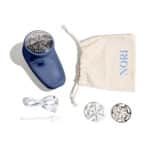
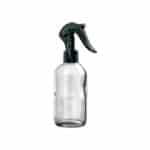
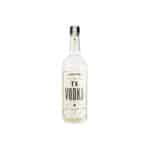
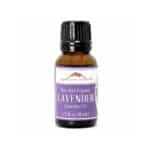
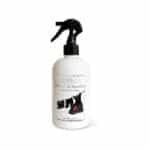
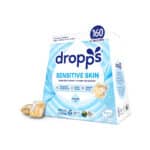
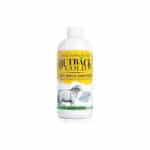
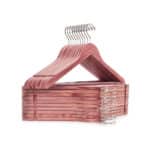
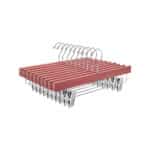
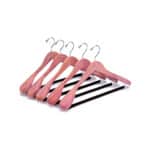
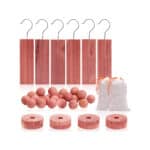
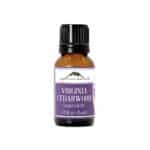
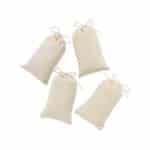
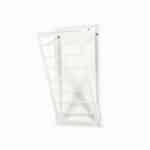

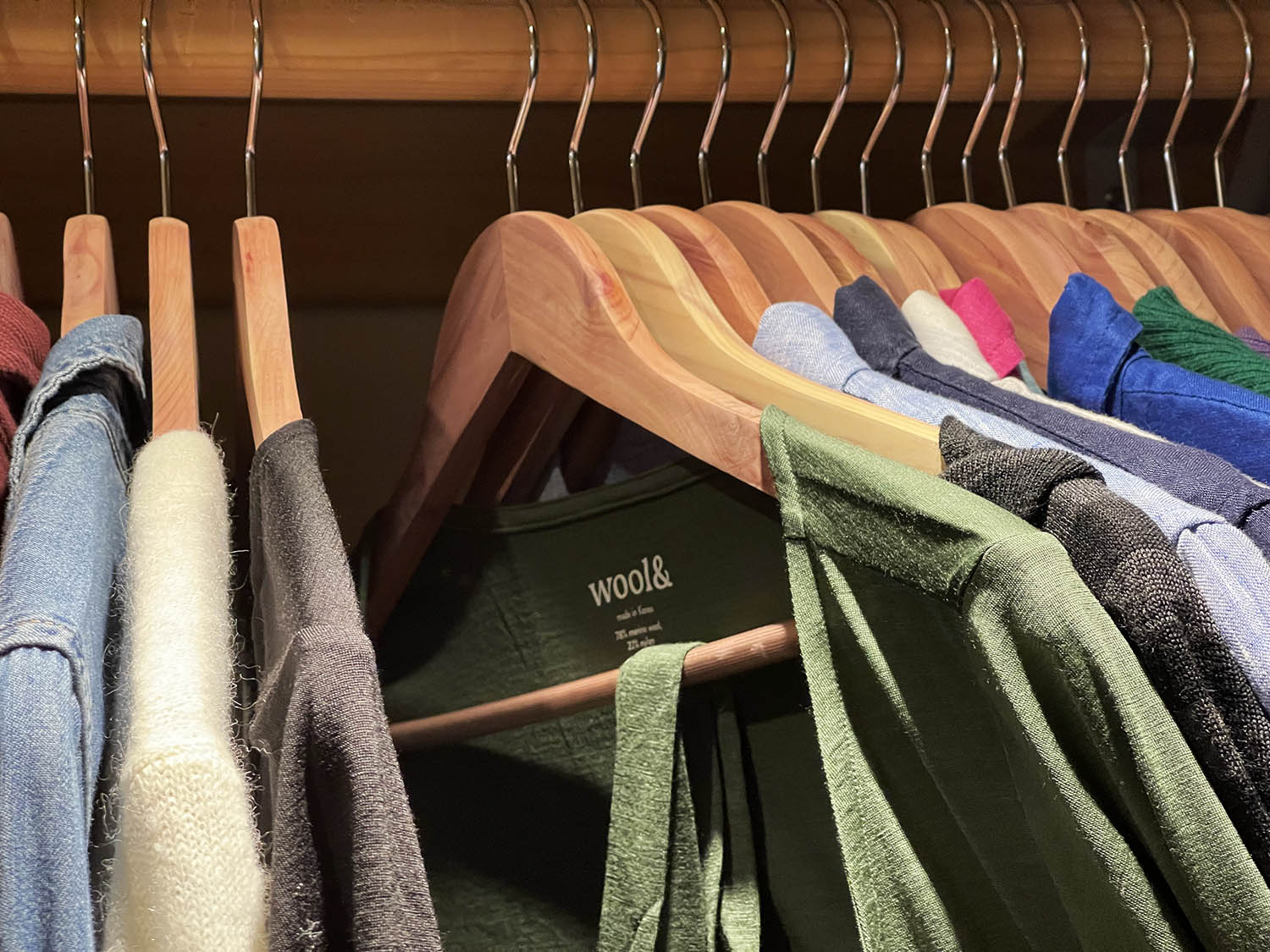
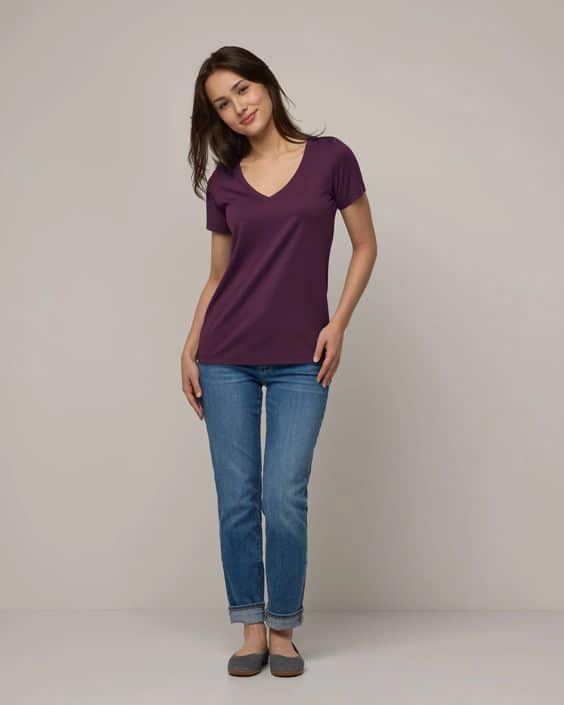
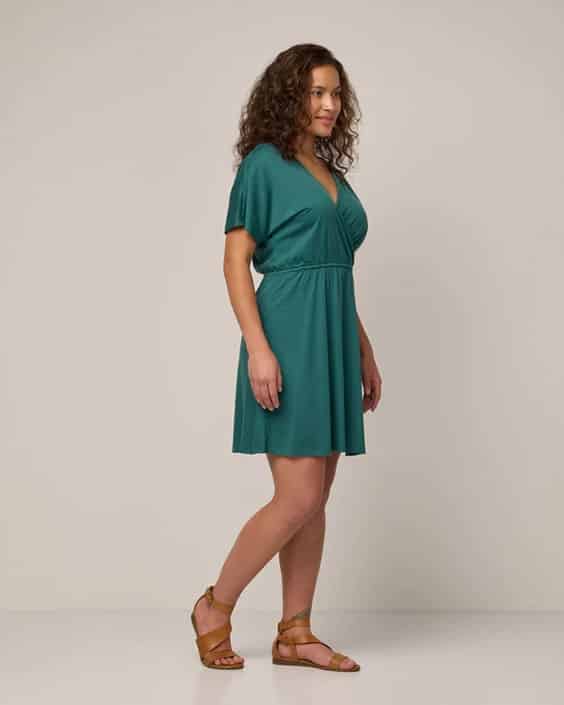
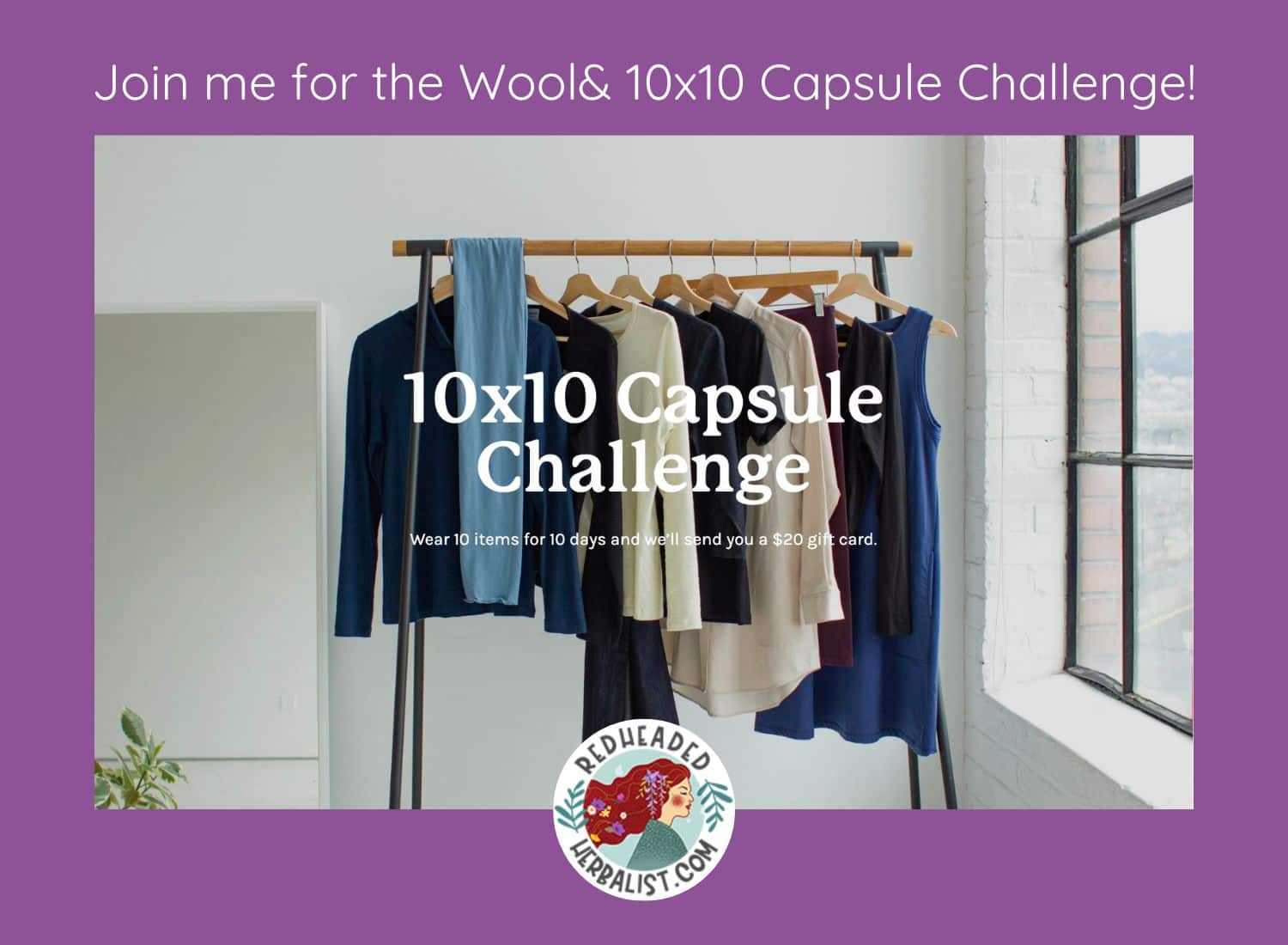

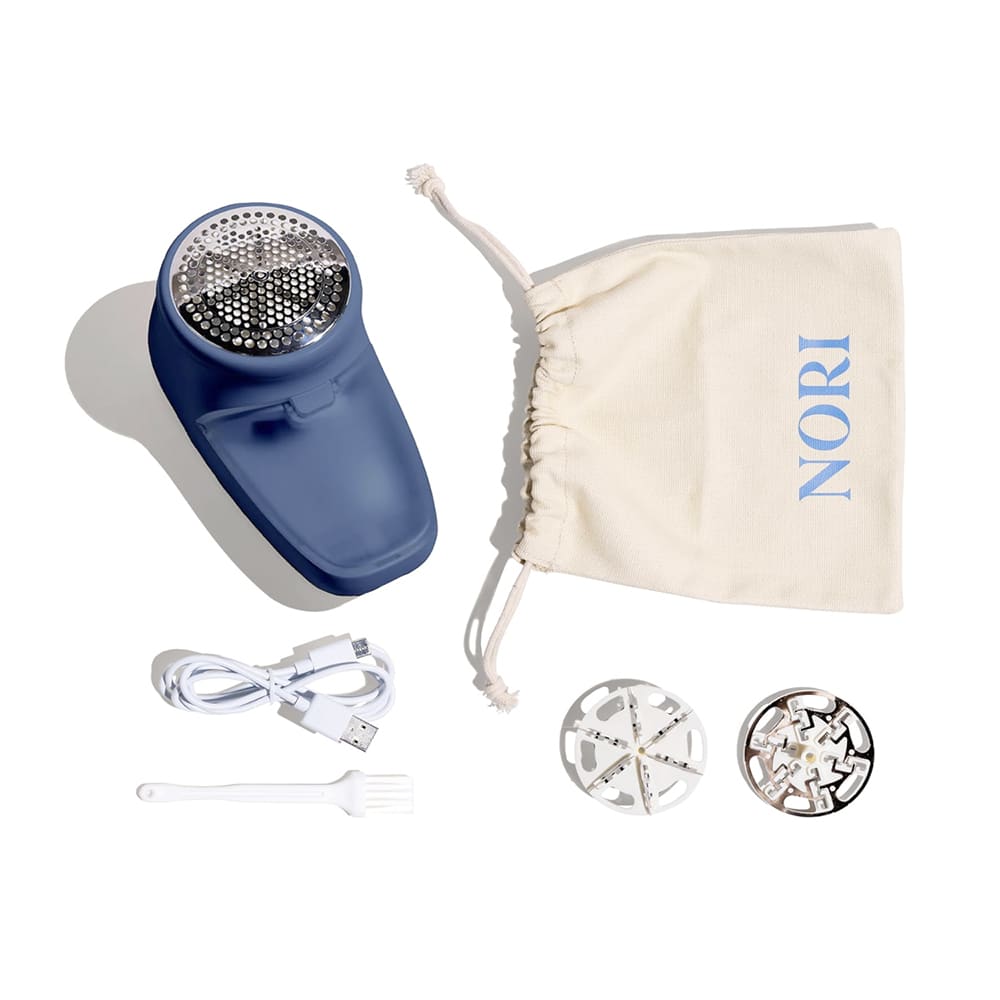
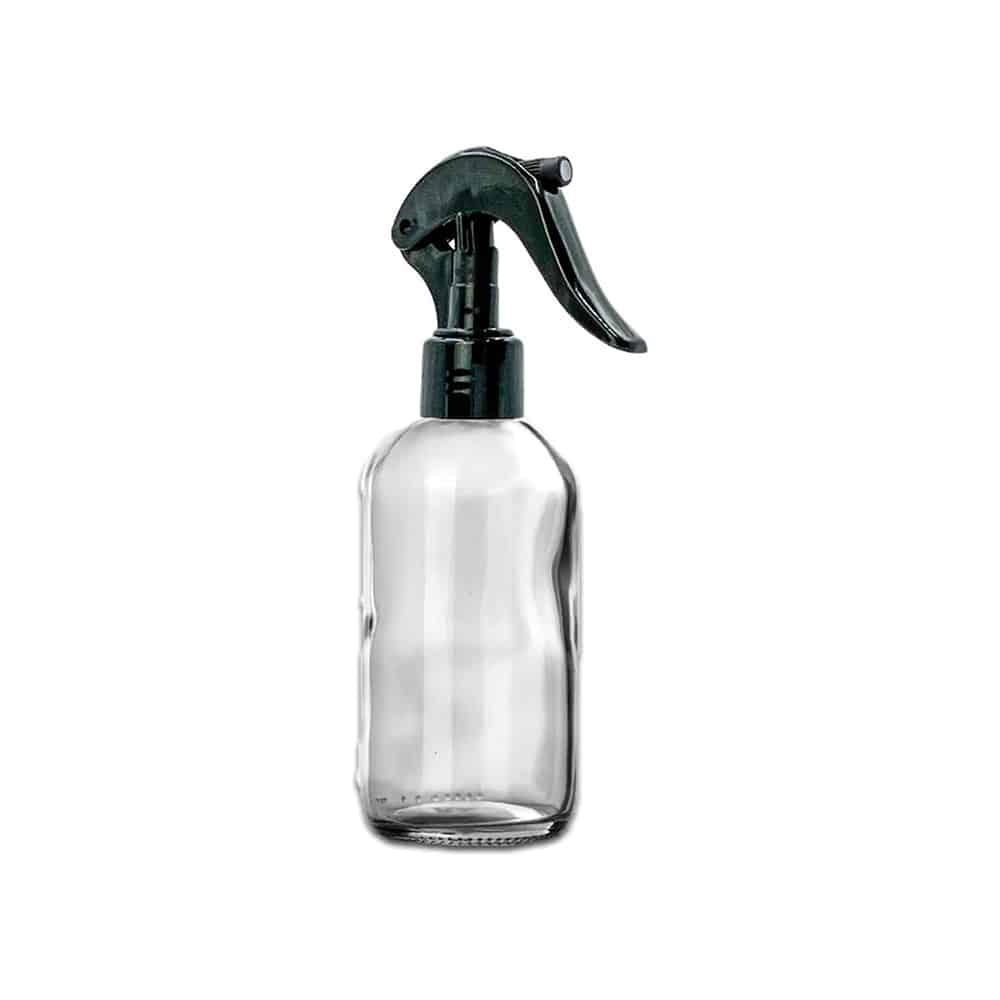
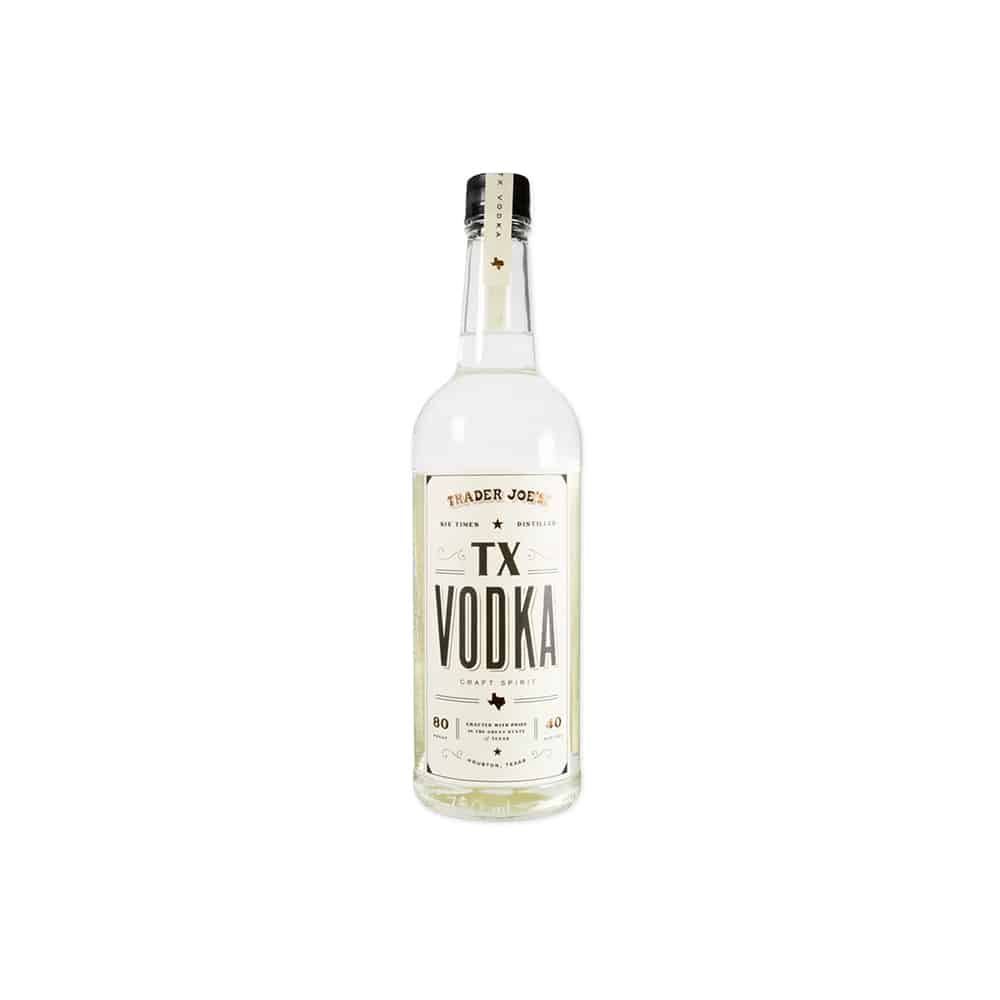
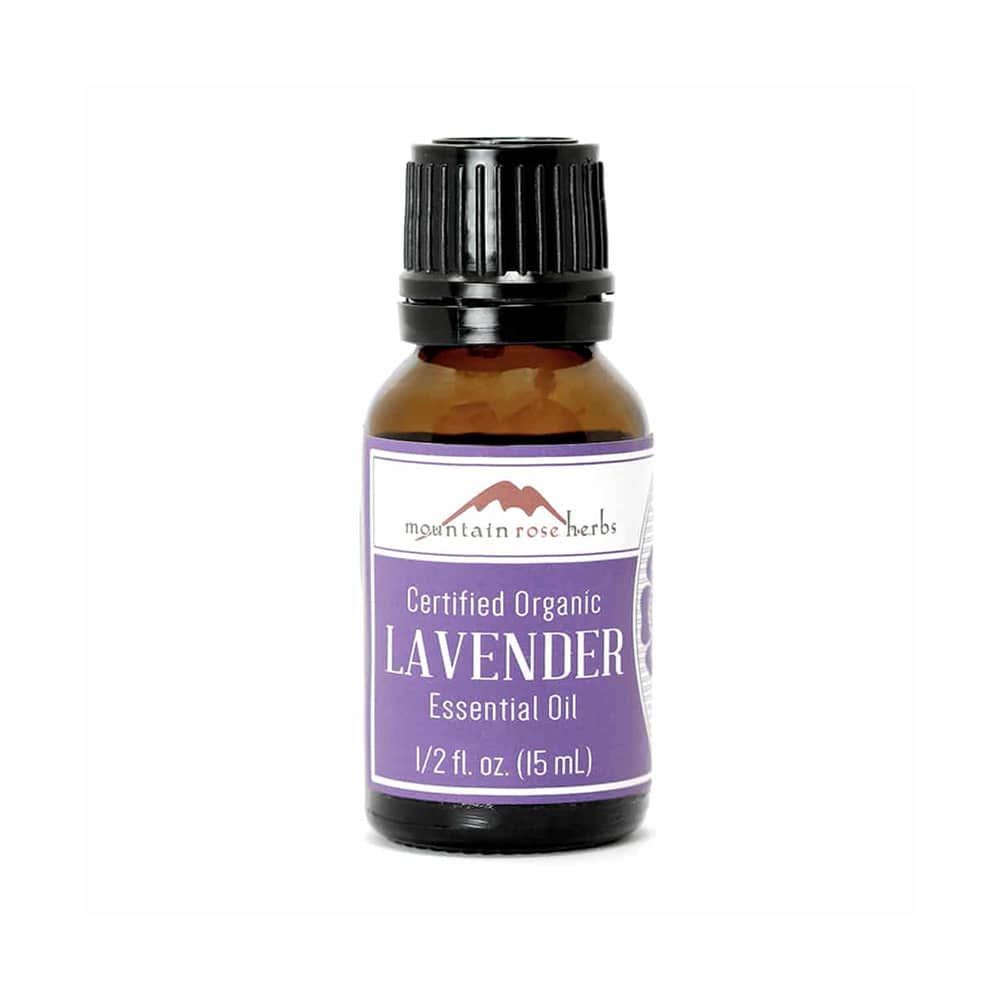
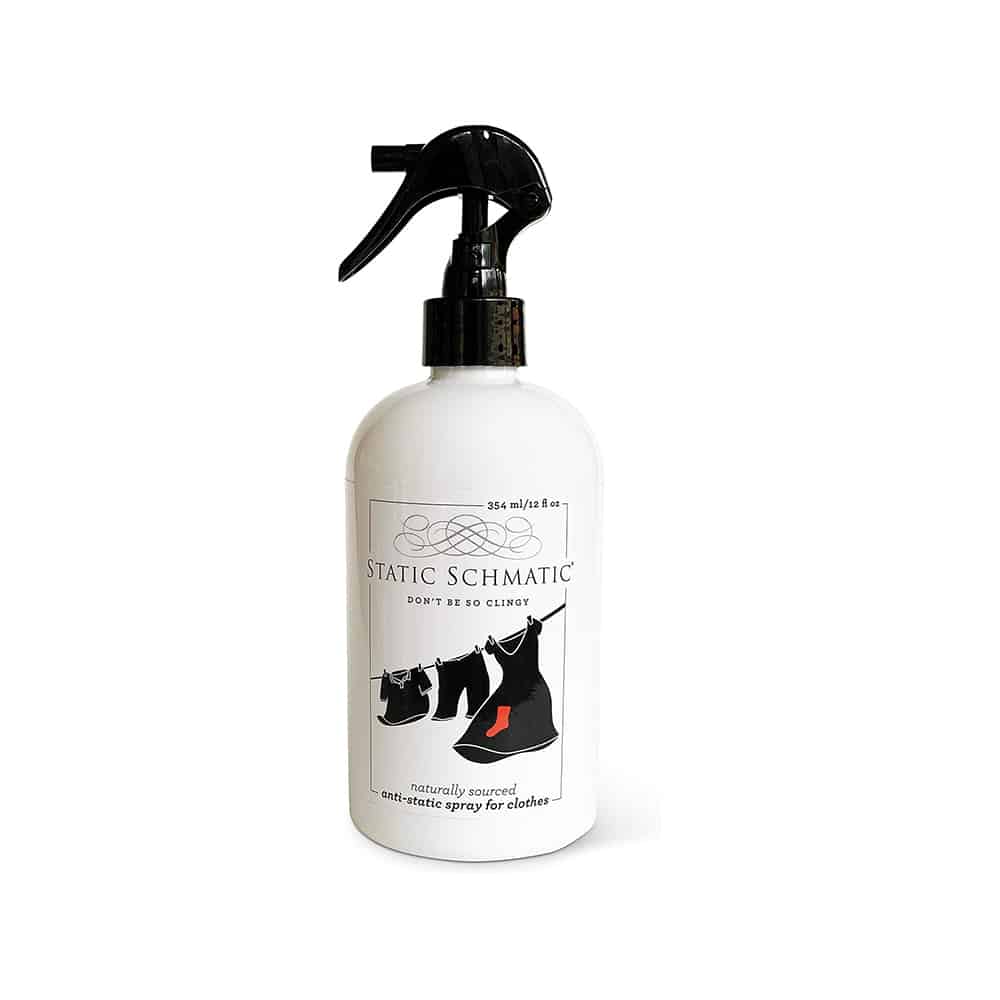
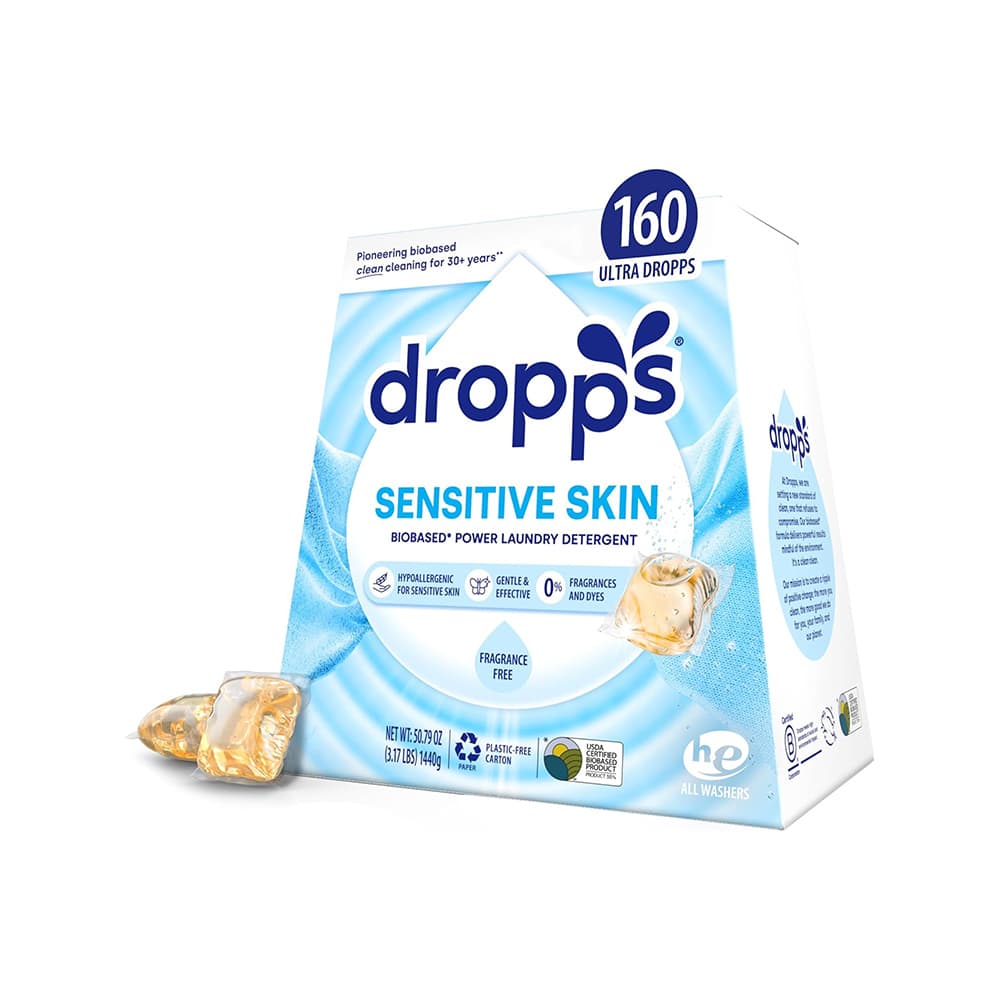
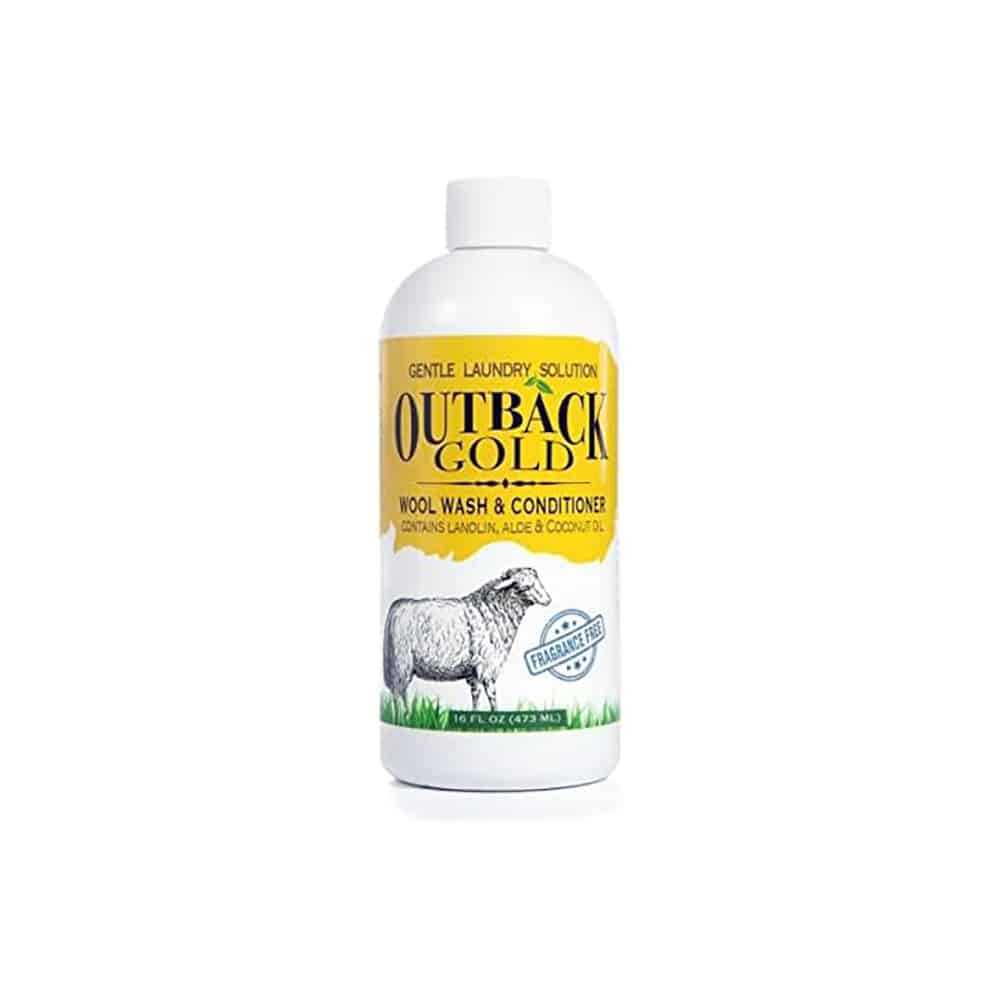
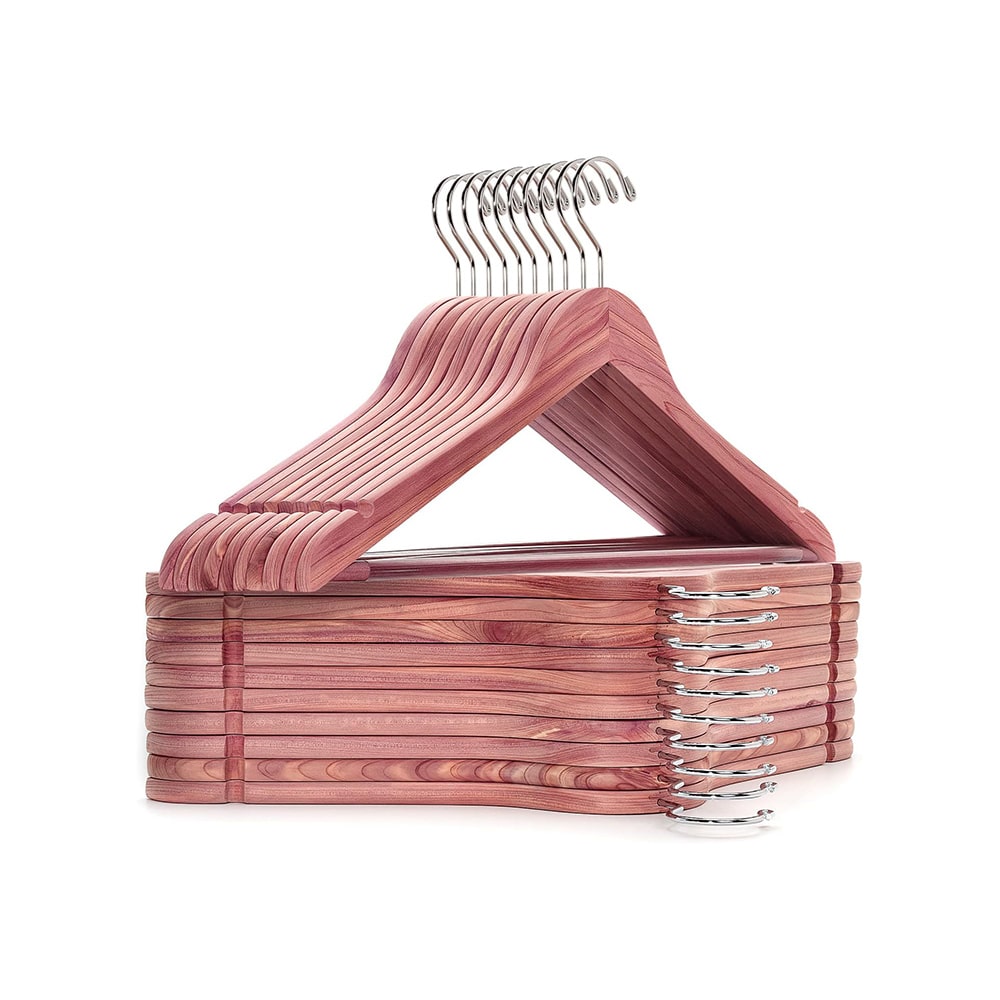
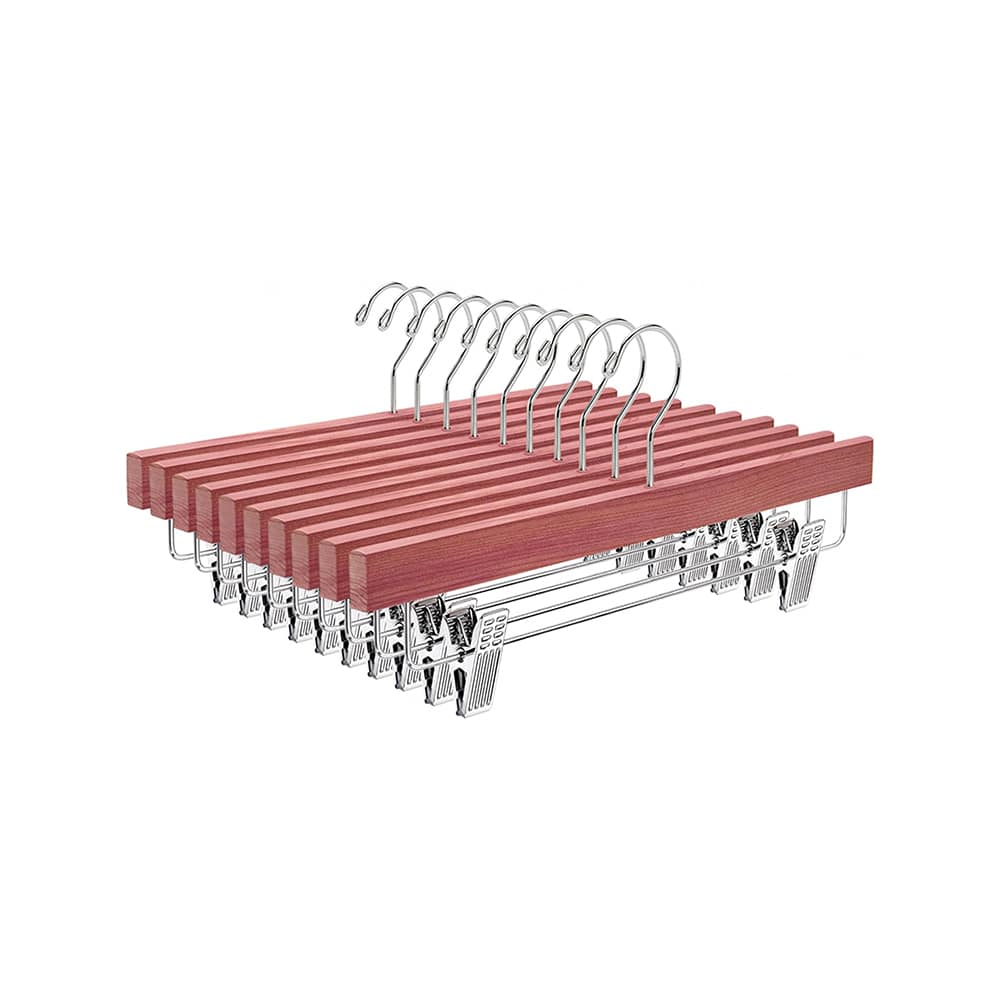
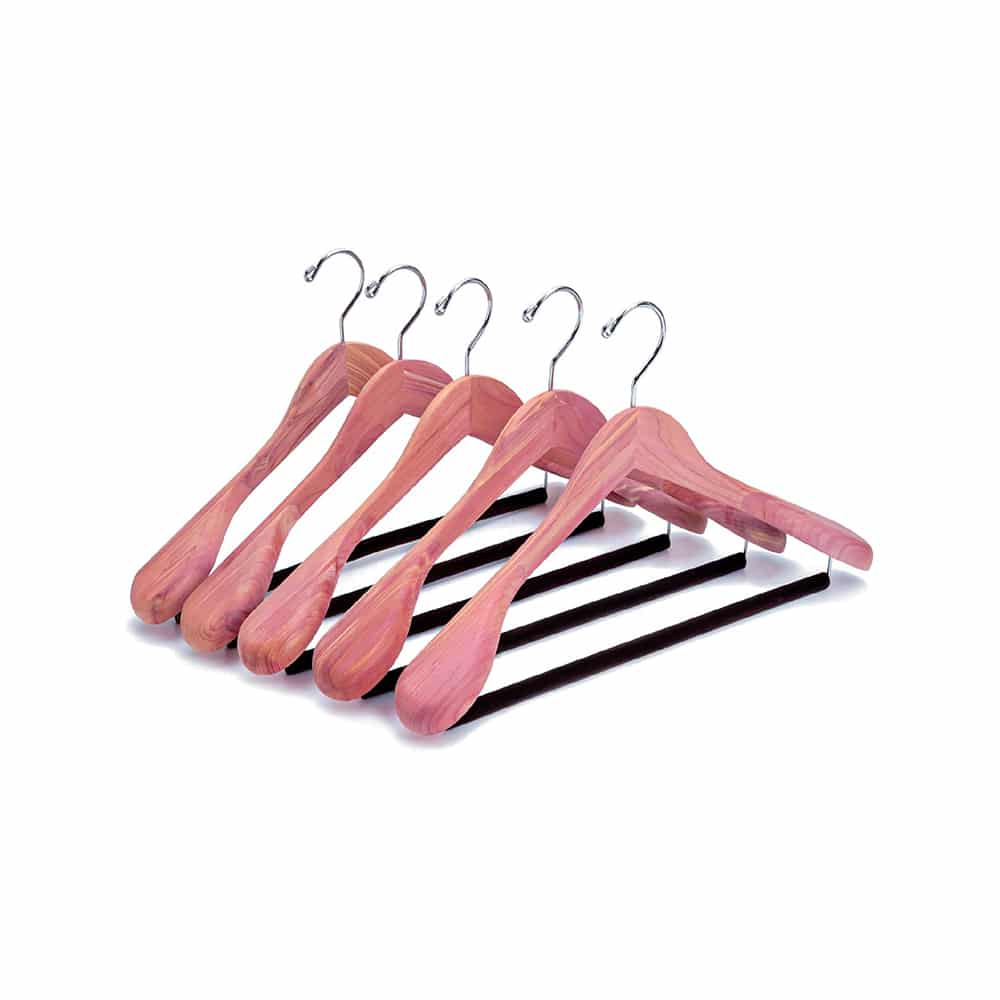
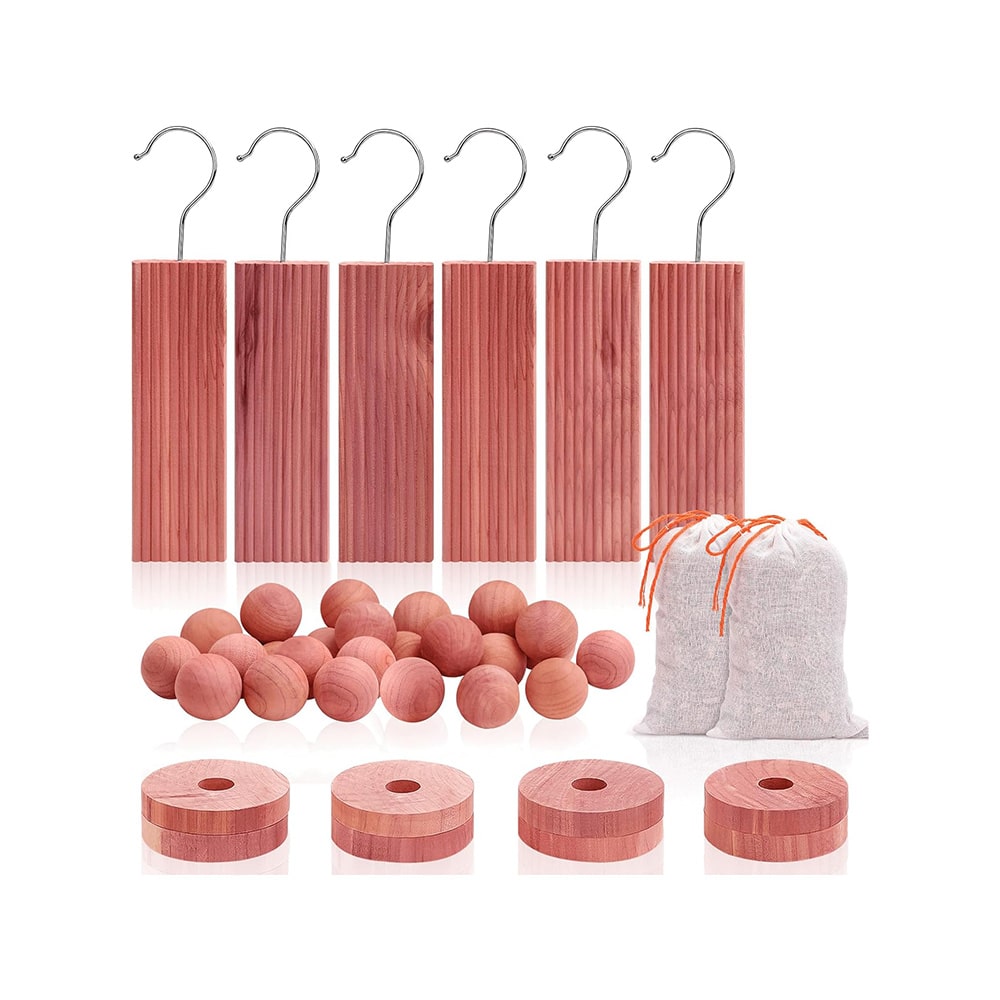
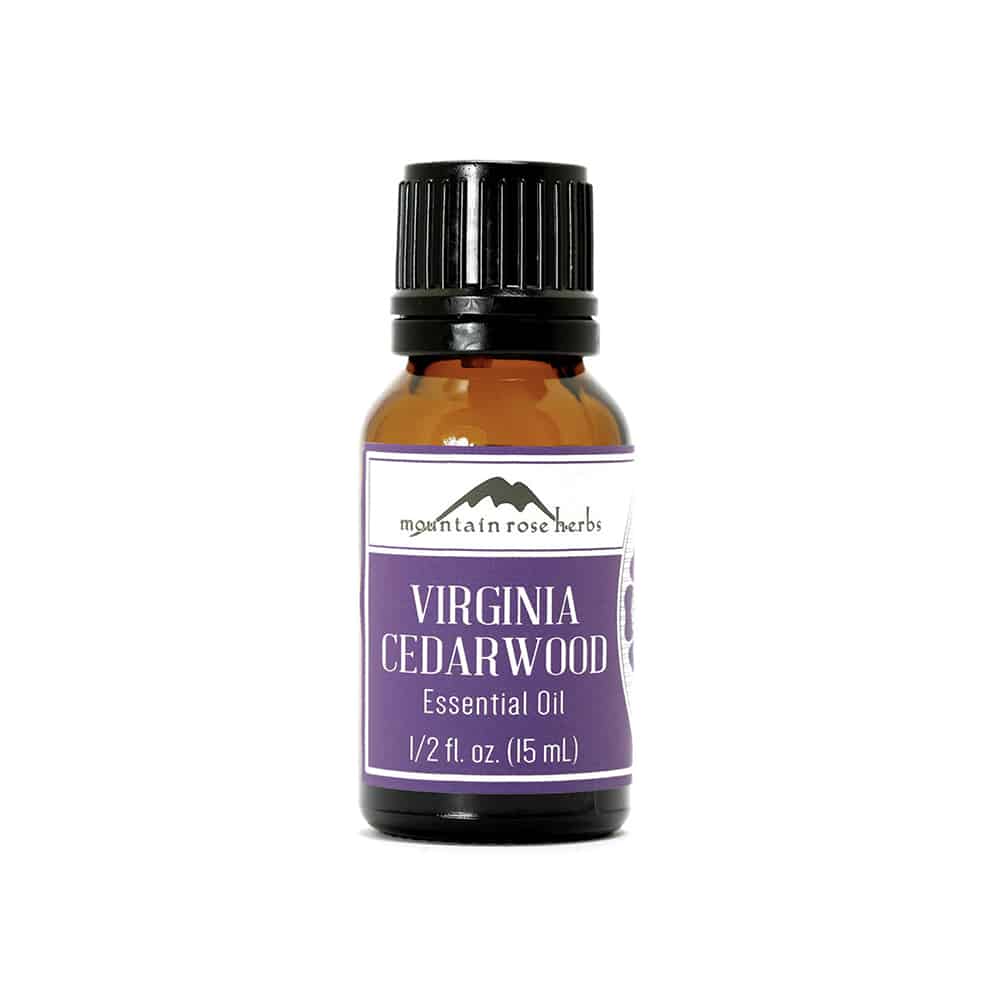
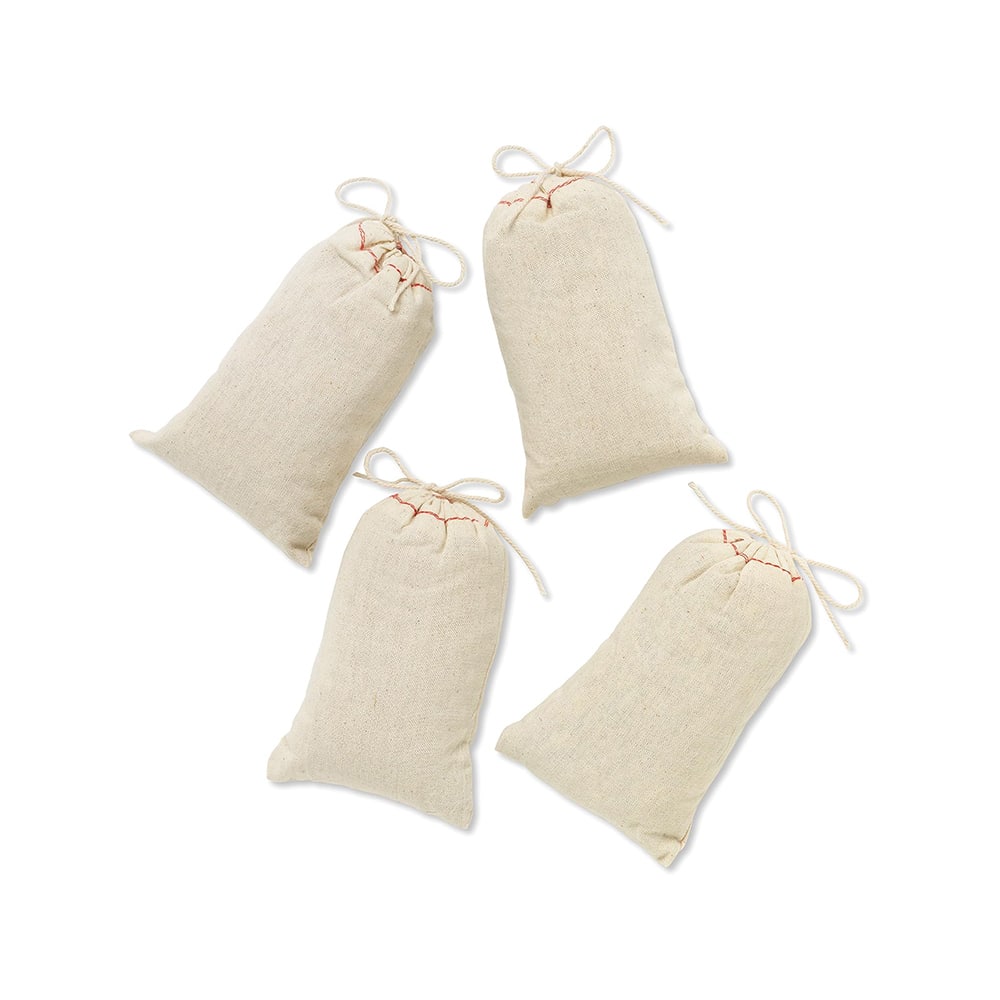
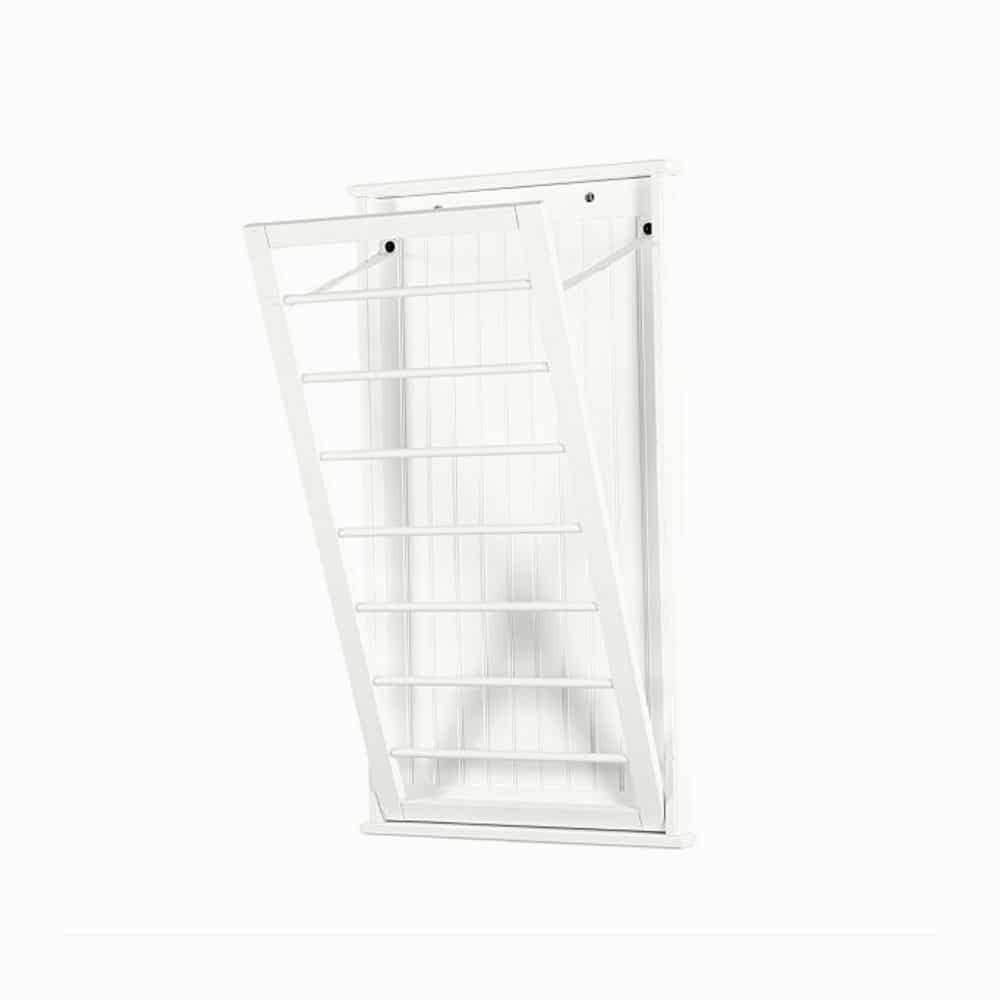

4 Responses
Excellent article. Keep up the good work!
Thanks so much! ♥
Great information and very well written! You have inspired me to take the contents of my wardrobe more seriously. I had already started the intention of doing this, but needed the inspiration for follow through.
Thank you for the kind words, Amy, and good luck with your wardrobe upgrade! It’s such a satisfying process, isn’t it? ♥